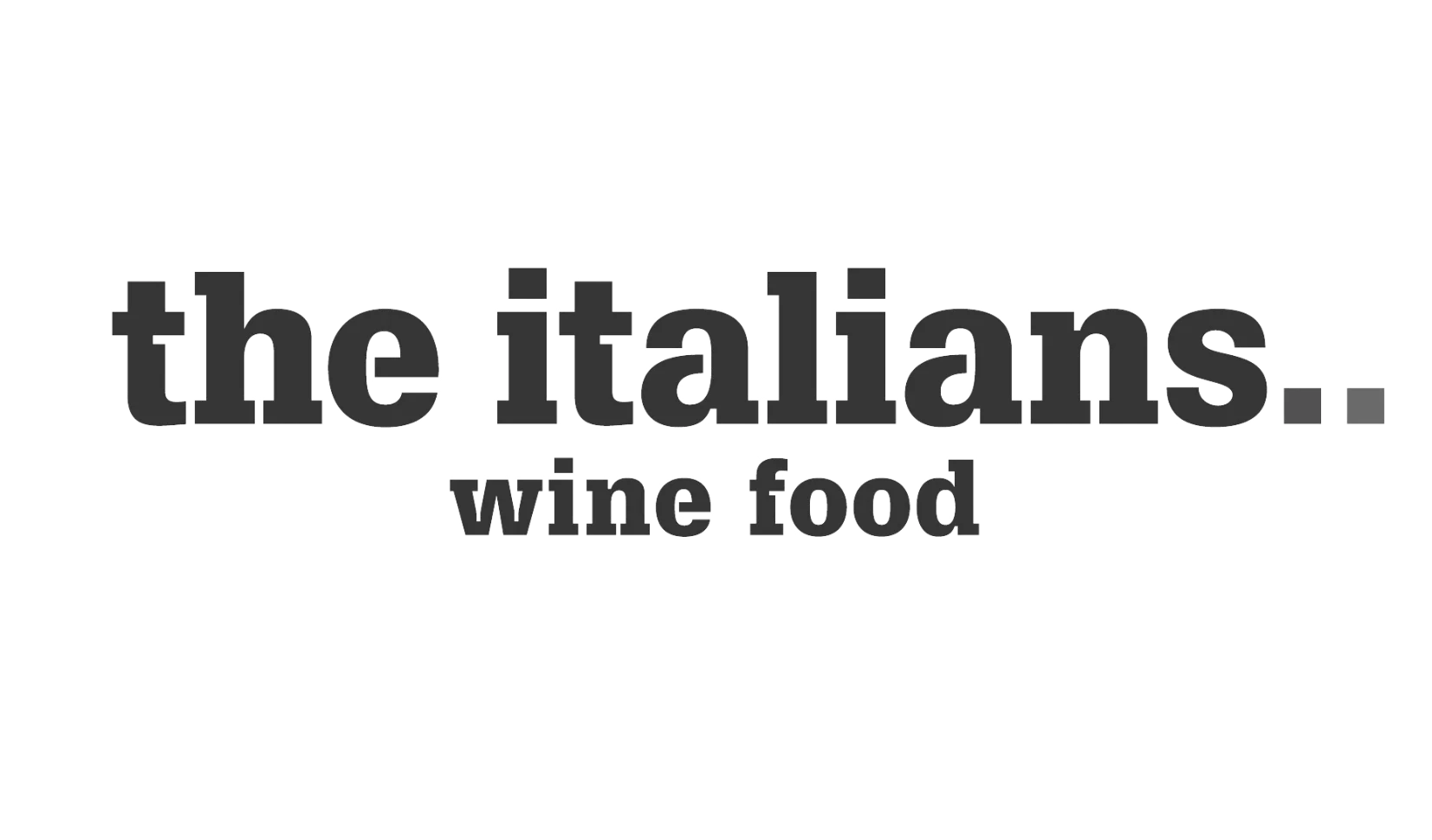How much should we tip? This question comes up every time we eat out. If it’s a group booking, it gets even more complicated. Should one leave a standard 10% tip or more? And if the service wasn’t quite up to scratch, should this be reflected in the tip (or lack of it)?
In this blog post we delve into the pros and cons of mandatory tipping and its impact on both diners and restaurant owners.
1. Understanding automatic gratuity

The practice of automatically adding a predefined gratuity amount to a customer’s bill is referred to as automatic gratuity, mandated tipping, service charge or cover charge. Here is an overview:
Calculation: The automatic gratuity is typically calculated as a percentage of the total bill, often ranging from 15% to 20%, depending on the establishment’s policies.
Application criteria: Restaurants may adopt automatic tipping for large groups, private events, or during busy times.
Legal considerations: Since various jurisdictions have particular legislation governing the adoption of automatic gratuity, one must abide by local labour laws addressing it.
2. Advantages of automatic tipping
Adding a cover charge guarantees that waiting staff are fairly and consistently paid for their work, especially when dealing with larger parties or private events.
Diners benefit from greater simplicity because they no longer need to calculate or decide how much to tip, which streamlines and expedites the payment process.
By outlining the automatic gratuity policy in detail, restaurants encourage transparency and prevent misunderstandings about expected tips.
Making sure employees receive fair compensation through automated gratuities will help increase employee satisfaction and retention rates since they feel well-compensated for their work.
3. Drawbacks to automatic gratuity
Automatic tipping takes away the customer’s freedom to choose the tip amount based on their perception of the service quality, potentially leading to dissatisfaction.
Some patrons can perceive a service charge as an extra cost or surcharge, which could affect their overall dining experience and satisfaction.
Since automatic gratuity doesn’t allow for modifications depending on excellent service or disappointing experiences, it may not be appropriate at all times.
4. Impact on restaurant operations

Automatic tipping gives restaurants a predictable revenue stream that can help in managing cash flow and guarantees that wait staff receive a steady salary.
Including gratuity in the bill streamlines accounting procedures because the service charge is already included in the total.
Automatic tipping has the potential to change the relationship between customers and service personnel.
When tipping is required, servers can feel less inclined to go above and beyond and clients could have different standards for the calibre of service.
Tipping around the world
North America – In the US and Canada, waitstaff are tipped between 15% and 20% of the final bill, excluding taxes. This is because wait staff typically earn less than a minimum wage and are primarily dependent on tips.
Brazil, Chile, and Costa Rica – include a 10% sit-down charge to the bill (referred to as a cubierto). But tips in cash are greatly welcome, as the servers may not receive any of the service charge themselves.
Japan – Tipping is not customary in Japan and may even be seen as disrespectful, rude and confusing. The basic philosophy is that the wait staff functions as a team for the restaurant, and if a customer appreciates their experience, they will come back again, recommend the restaurant to others, and bring in more business without the need for a tip.
South Korea – Similar to Japan, tipping in South Korea can be considered as being disrespectful or rude. The idea is based on the equality principle, according to which everyone should be treated equally and receive the same degree of service without receiving any financial benefits.
Australia – No tips are required, however if you felt that the service was extraordinary, round it up to the nearest 5 or 10 Australian dollars.
Italy, Denmark, France, Belgium – There is no need to tip because services are typically included in the bill. However, it is ok to round up the bill or leave a modest tip as a sign of gratitude for excellent service.
Sweden – Tipping is not expected. Sweden has a robust welfare system and workers in the service sector often earn a fair wage. Therefore, providing a tip is not needed to increase their income.
Qatar, Saudi Arabia, and the United Arab Emirates – The standard tip is 15% to 20%. Even in places like Dubai, where there is a 10% service fee that must be added to the bill, wait staff in restaurants demand an additional 15-20% tip in appreciation for their hard work.
To tip or not to tip
Tipping practices may alter as tourism influences cultural norms and wage legislation. Automatic tipping has advantages and downsides for both consumers and establishments. While it guarantees just recompense and makes customer payments simpler, it could also cause a sense of loss of control and possible resistance.
Before introducing automatic gratuity, it’s important for restaurateurs to carefully balance these advantages and disadvantages and take into account the unique characteristics of their business.

Unlock the tips that will help you stand out from the crowd and get more bookings!

Learn how to save time, reduce stress and fill your restaurant while you sleep!

Stephanie Paris
Gen-Z marketing coordinator bringing fresh energy to web and graphic design, with a weekend habit of chasing adventure.

Stephanie Paris
Gen-Z marketing coordinator bringing fresh energy to web and graphic design, with a weekend habit of chasing adventure.









